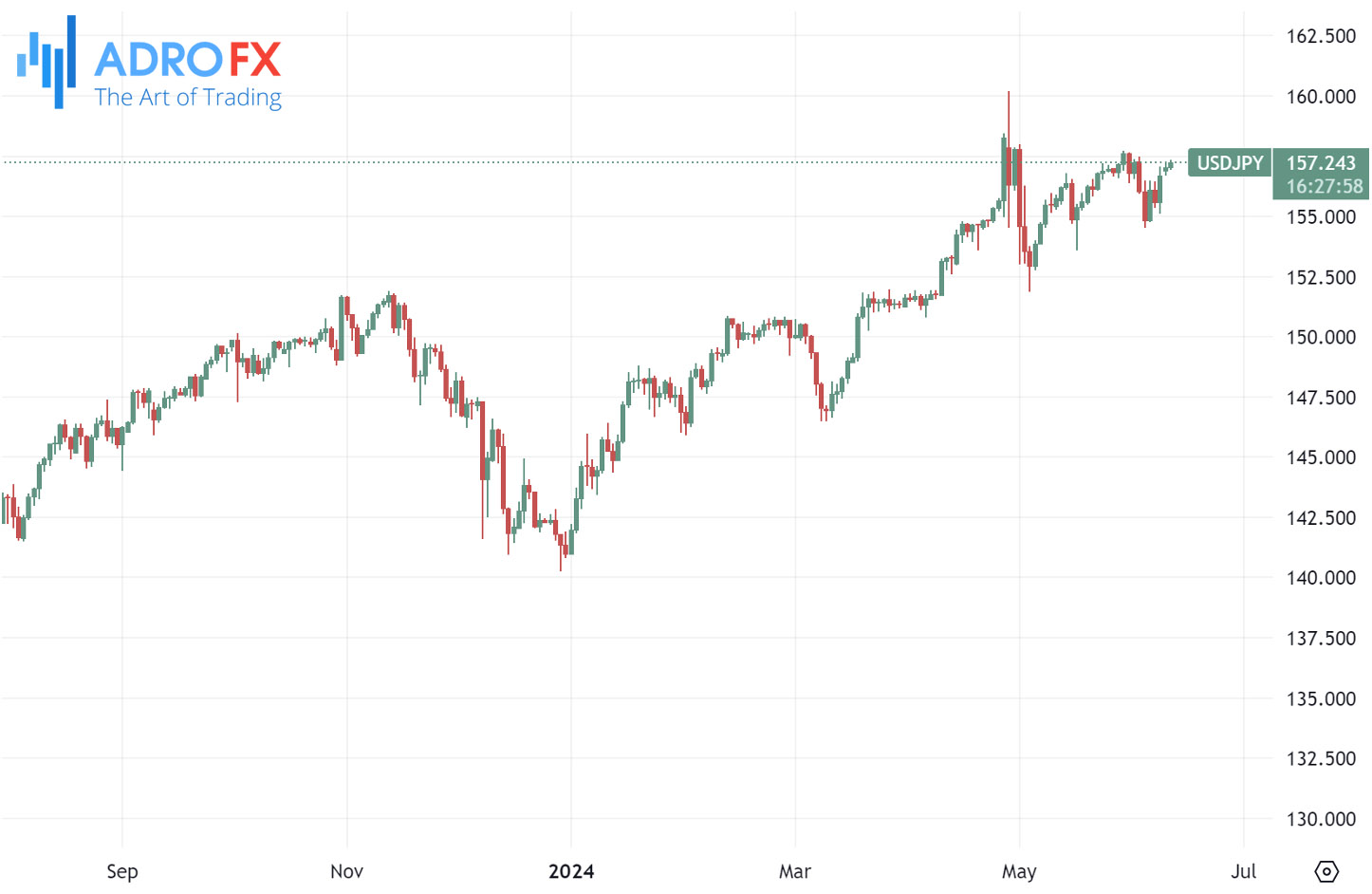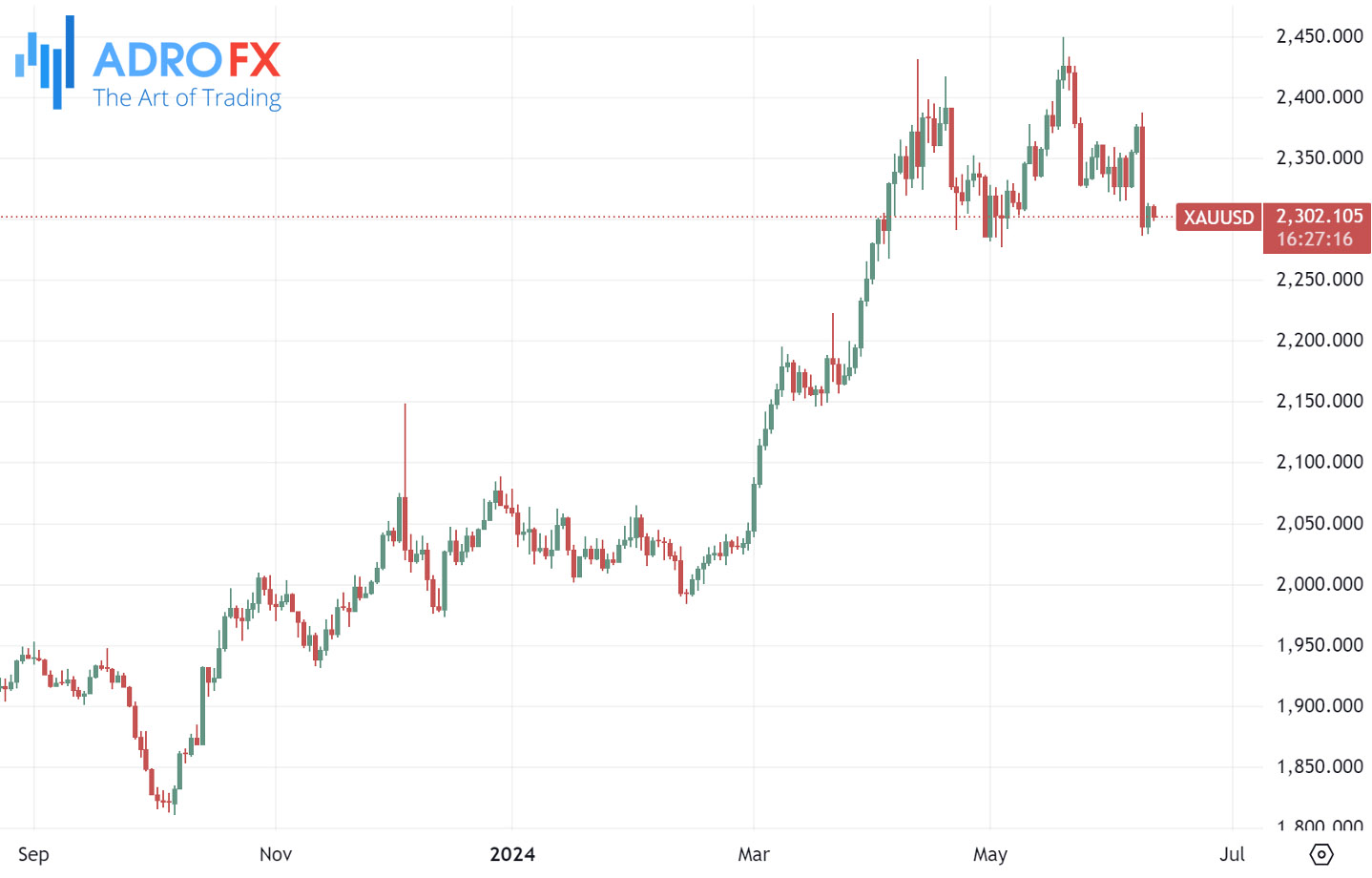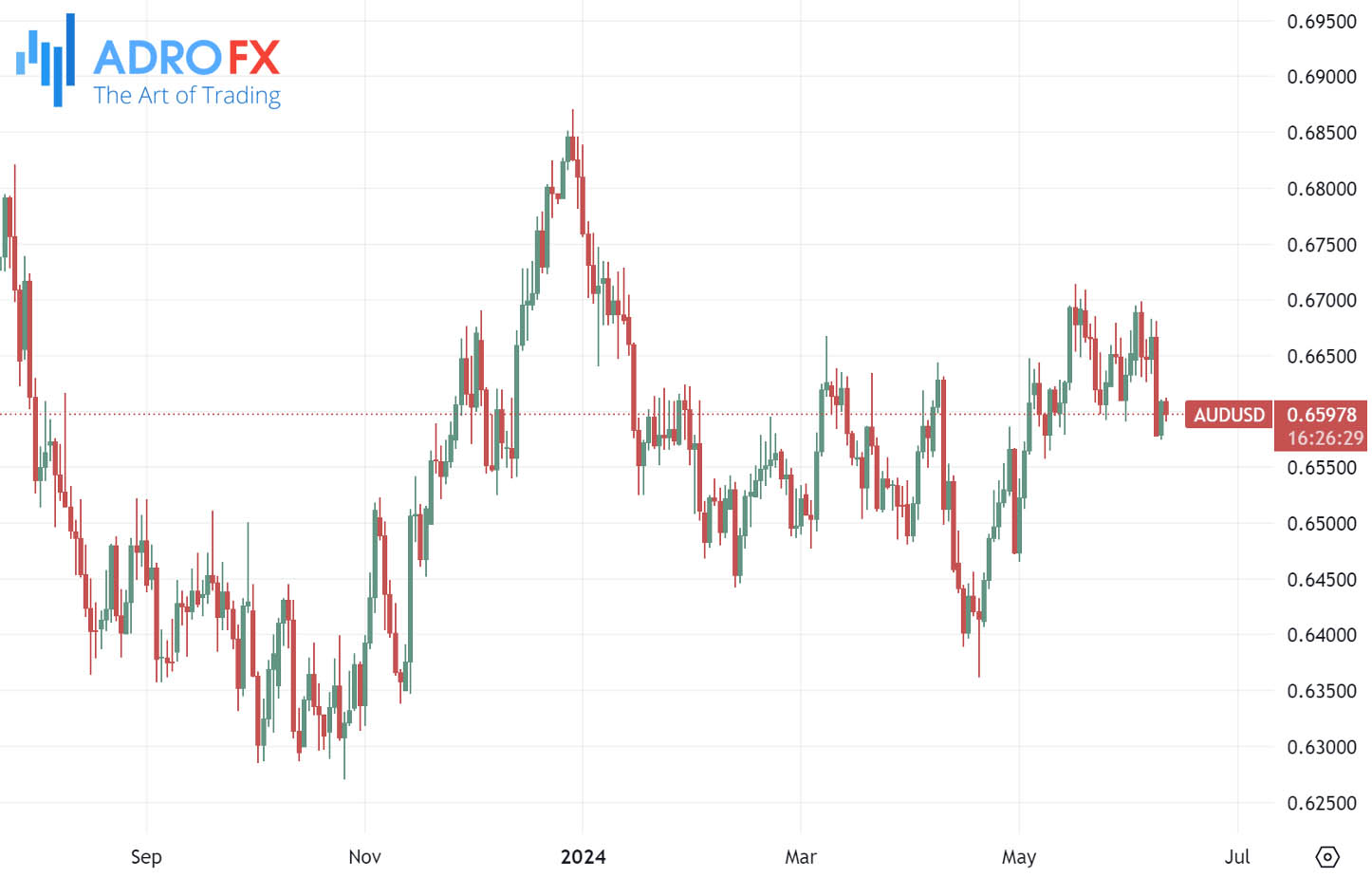Tech Stocks Drive S&P 500 and Nasdaq to New Records Amid Federal Reserve Anticipation and Inflation Data | Daily Market Analysis

Key events:
- UK - Employment Change 3M/3M (MoM) (Apr)
- UK - Unemployment Rate (Apr)
- Eurozone - ECB's Lane Speaks
- USA - 10-Year Note Auction
The S&P 500 and Nasdaq closed at new record highs on Monday, as the technology sector led the charge just before the Federal Reserve's interest rate decision and upcoming inflation data.
The S&P 500 increased by 0.3% to reach a record 5,362.70, while the NASDAQ Composite climbed 0.4%, and the Dow Jones Industrial Average added 69 points, or 0.2%.

Despite the gains, Apple (NASDAQ: AAPL) saw its stock fall nearly 2%, even after the company introduced its new AI platform, Apple Intelligence, at its annual developer conference.
This new AI platform is designed to personalize experiences by rewriting text, generating images, and performing actions across various apps.
Investors remain cautious ahead of the conclusion of the latest Federal Reserve meeting on Wednesday, where it is anticipated that interest rates will remain unchanged.
Analysts are eager to learn how many rate cuts will be indicated for the remainder of 2024, with expectations suggesting the updated dot plot may point to two 25-basis point cuts this year, down from three in March. Citi economists now predict that the Federal Reserve will start cutting rates in September rather than July, following unexpectedly strong May jobs data released last week.
Consumer price index inflation data is also expected on Wednesday before the Fed's announcement, likely showing inflation staying well above the central bank's target range.
Inflation has been the Fed’s primary focus in adjusting interest rates, and this data could significantly impact the markets ahead of Fed Chair Jerome Powell's post-meeting press conference.
On Tuesday, the Japanese Yen continued to weaken for the third consecutive trading day. The USD/JPY pair found support from a stronger US Dollar as investors exercised caution ahead of the Federal Reserve's decision and upcoming US inflation figures for May.

The Japanese Yen faced challenges following mixed economic data released on Monday. Japan's GDP Annualized showed a smaller-than-expected contraction in the first quarter. However, the GDP (QoQ) decline matched the preliminary figures. Additionally, a stable performance in the equity market has pressured the JPY. Investors are now anticipating the Bank of Japan’s policy decision on Friday.
Japan’s 10-year government bond yield rose above 1.02% ahead of the BoJ’s policy meeting on Friday. The central bank is expected to maintain its current interest rates, with traders closely monitoring any potential changes in the bank’s monthly bond purchases.
Gold prices faced fresh selling pressure during the Asian session on Tuesday, eroding part of the previous day's modest recovery gains from around $2,287, a one-month low triggered by positive US jobs data. Investors have been reducing their bets on an imminent Federal Reserve interest rate cut in September. This has kept US Treasury bond yields elevated, strengthening the US Dollar near its multi-week high from Monday, thereby reducing demand for gold.

Additionally, the People's Bank of China significantly cut back its gold buying in May, ending a one-and-a-half-year-long buying spree and contributing to the downward pressure on gold prices. However, political uncertainty in Europe and geopolitical risks are expected to limit further losses.
The Australian Dollar edged lower on Tuesday as the US Dollar remained strong, buoyed by robust US jobs data for May. The downside for the AUD may be limited, as traders expect the Reserve Bank of Australia to maintain higher rates this year. RBA Governor Michele Bullock indicated last week that the central bank is prepared to increase interest rates if the CPI does not return to the target range of 1%-3%, according to NCA NewsWire.

The USD/CAD pair traded positively around 1.3765 on Tuesday during the early Asian trading hours, supported by renewed US Dollar demand. Meanwhile, declining crude oil prices undermined the commodity-linked Loonie, creating a tailwind for USD/CAD.
The US CPI inflation data, due on Wednesday, is expected to provide insights into the inflation trajectory and future monetary policy outlook. The US headline and core CPI figures are estimated to show a year-over-year increase of 3.4% and 3.5% in May, respectively.

Crude oil prices edged lower as OPEC ministers indicated they would not increase supply if prices remained weak. Notably, Canada is a major source of crude oil imports for the United States, and higher oil prices generally support the Canadian Dollar.









